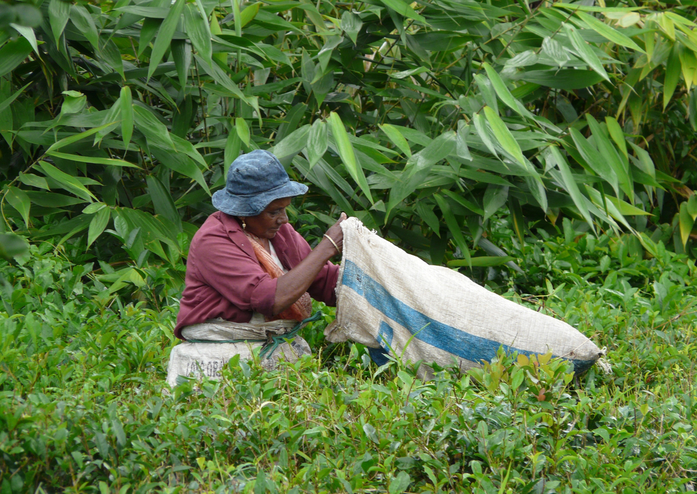|
Have you been invited to a wedding recently?…did you want to go? Some love attending weddings, and some loathe the idea!
Those who loathe the idea want to avoid dressing up, being on a schedule, talking to people they don’t know, and eat with only two choices or foods they cannot pronounce. I am here to say that it’s not all bad. Weddings are a time to celebrate those who consider you ‘near and dear’ to spend time with you and their money. Weddings can be used to socialise and connect with those you haven’t seen in a while or never before. Understand cultural customs, enjoy traditional foods, and discover the couple’s creativity and essence on a particular day. Weddings are enormous undertaking, from religious-governmental paperwork to the traditions of the bride and groom to meeting, eating, and thanking guests at the banquet. Considering all of this, there is a need for wedding etiquette. You may be pondering right now what wedding etiquette is. It is a set of guidelines for guests and sometimes even the couple themselves to ensure an effortless and respectful celebration of the union of two people. It’s about being conscious of the hosts and their wishes while contributing to a positive atmosphere for everyone. Here are some vital aspects of wedding etiquette for guests: RSVP – Generated from the French phrase, ‘répondez s’il vous plaît’ or in English, ‘respond if you please.’ Even though there is a please at the end of the English translation, it doesn’t mean respond if you can be bothered. It means you must respond by letting the bride and groom know who is coming so they can account for how many will attend and considerately fit you into the upcoming festivities. Once you receive your invitation, respond in three to four days. Consider making your ‘yes’ a definite yes and ‘no’ a definite no. It is better to do this than flip-flopping, causing the couple anxiety and sleepless nights. Dress codes – Today, I have noticed that there needs to be clarity about what dress codes mean in Australia. Here is a quick rundown of what to expect. Your invitation will typically specify a dress code, whether formal, semi-formal or cocktail. We are now in the ‘age of the selfie’, so please follow the guidelines to make sure you’re appropriately attired for the occasion. Formal, you may be asked to wear white or black tie clothing: long dresses, high heels, beautiful accessories, and gorgeous hairdos for women. The semi-formal for men is a matching suit and pants. If you attend an evening wedding, use darker colours, whereas a day event uses lighter materials and colours. Women can choose understated elegance, opting for a mid-length skirt in muted colours with minimalist patterns, mid-length heels or wedges. Punctuality – Aim to arrive on time for the ceremony. There is nothing like someone doing the walk of shame once the ceremony has started at a place of worship or civil proceedings. Arrive within a reasonable timeframe for the reception, so you can share in the joy once the newly married couple appear. Punctuality shows others you respect their time and value commitments. Gifts – It’s customary to bring a gift to help the new couple set up their house for years to come. It is better to focus on the couple’s wants rather than feel obligated to a costly present. Registries are a great place to help the couple. A word of warning: purchase from the registry immediately, and you might be left with purchasing items that may be outside your budget. Dietary restrictions V’s Allergies – Not long 10play made headlines stating, ‘Lufthansa Looks To Charge Passengers Extra For Meals With Dietary Requirements.’ Together with the increased cost of living, dietary requirements are becoming a thing of the past. However, allergies are still as important and high on the priority list of caterers and event managers. When you are RSVP’ing, there should be a provision to note your allergies, if any, not at the last minute due to pre-ordering food for the big event. Being a gracious guest and celebrating the couple’s special day, you proudly contribute to a positive and memorable experience for everyone. Article Published By: Luxury Adviser
0 Comments
The Republic of Mauritius is an island nation situated in the Indian Ocean, approximately 2,000 kilometres off the southeastern coast of East Africa, east of Madagascar. Its territory comprises the main island, Rodrigues, Agaléga, and St. Brandon. Until I travelled to Mauritius, I did know that it wasn't home to any indigenous population but a huge colony of now extinct Dodo birds and tortoises. (Apparently, they were a slow moving bird that could be caught and eaten easily). Its journey began with Arab sailors who discovered it around 975 CE, followed by Dutch colonists named it after Prince Maurice of Nassau in the 16th century. Old world superpowers of the time encouraged colonisation and migration and have shaped the diverse population of Mauritius today. French, English and Dutch brought labourers from Indian and African labourers. Indo-Mauritians form the majority today, followed by significant Creole, Sino-Mauritian, and Franco-Mauritian communities. From the captivating sounds of Sega music, a blend of African and European influences, to the colourful Hindu temples and French colonial architecture, the island showcases a beautiful fusion of traditions. Mauritian Hospitality Etiquette Mauritians are renowned for their warmth and hospitality. Their welcoming spirit and the island's natural beauty make it a top tourist destination. Due to varying social norms influenced by cultural and religious backgrounds, each community defines respectful behaviour according to its standards. Hosts typically offer food and drink like biscuits and tea, and it's considered polite for guests to try everything served, making the host feel honoured for their labours. While guests aren't expected to bring gifts, a small item from your country of origin, fruit or cake will be pleasing. Sunday afternoons often see people visiting each other, and it’s a time to relax on the beach or next to the water with a BBQ with freshly caught fish, vegetable dishes and a bottle of local beer or rum. When eating foods, whether Indian, Creole, or Asian, a fork, spoon, and knife are used, as well as hands and chopsticks. Food Found in Mauritius I found that food is Indian based without the spice or heat you would find in India or Sri Lanka. Street food sellers will offer a few varieties of fast food, from noodles to rolled roti veg snacks to deep friend pakoras and samosas. On the island of Rodrigues, you will find Creole-based foods from fresh seafood, crab soup, pork chops to rice, maize, cornmeal to fresh green papaya salad with a side of rum that has been steeped with local ingredients such as chilli, oranges, ginger, cinnamon, cumquat and homegrown vanilla. You will find that there are many religions on the island. Therefore, many households will have different religo-cultural traditions, and food will be served accordingly. The Hindu population will avoid eating beef; therefore, gifts should not be leather; Muslims will avoid eating pork and gifting anything created in pigskin or offer alcohol, and Catholics abstain from eating fish on a Friday. I thoroughly enjoyed holidaying in Mauritius. I was awed by its beautiful green forests, animal life, cultural diversity and different food offered. People are relaxed and happy to talk with you and its vast clean beaches and temperate climate. One of the points of interest on my holiday to-do list was to visit the famous Bois Cheri Tea Factory. This plantation produces tonnes of Mauritian-grown tea distributed throughout the island and worldwide. There, I learned about the green and black tea process. It was a tremendous insight, and I felt honoured to have known more about a drink that has been drunk worldwide over the centuries and helped me as an etiquette instructor.
There is so much to do in Mauritius, and I hope that you have a wonderful time. Article Published By: Etiquipedia.blogspot.com |
AuthorElizabeth Soos Archives
August 2025
Categories |
|
CONTACT US Submit Your Enquiry |




 RSS Feed
RSS Feed

